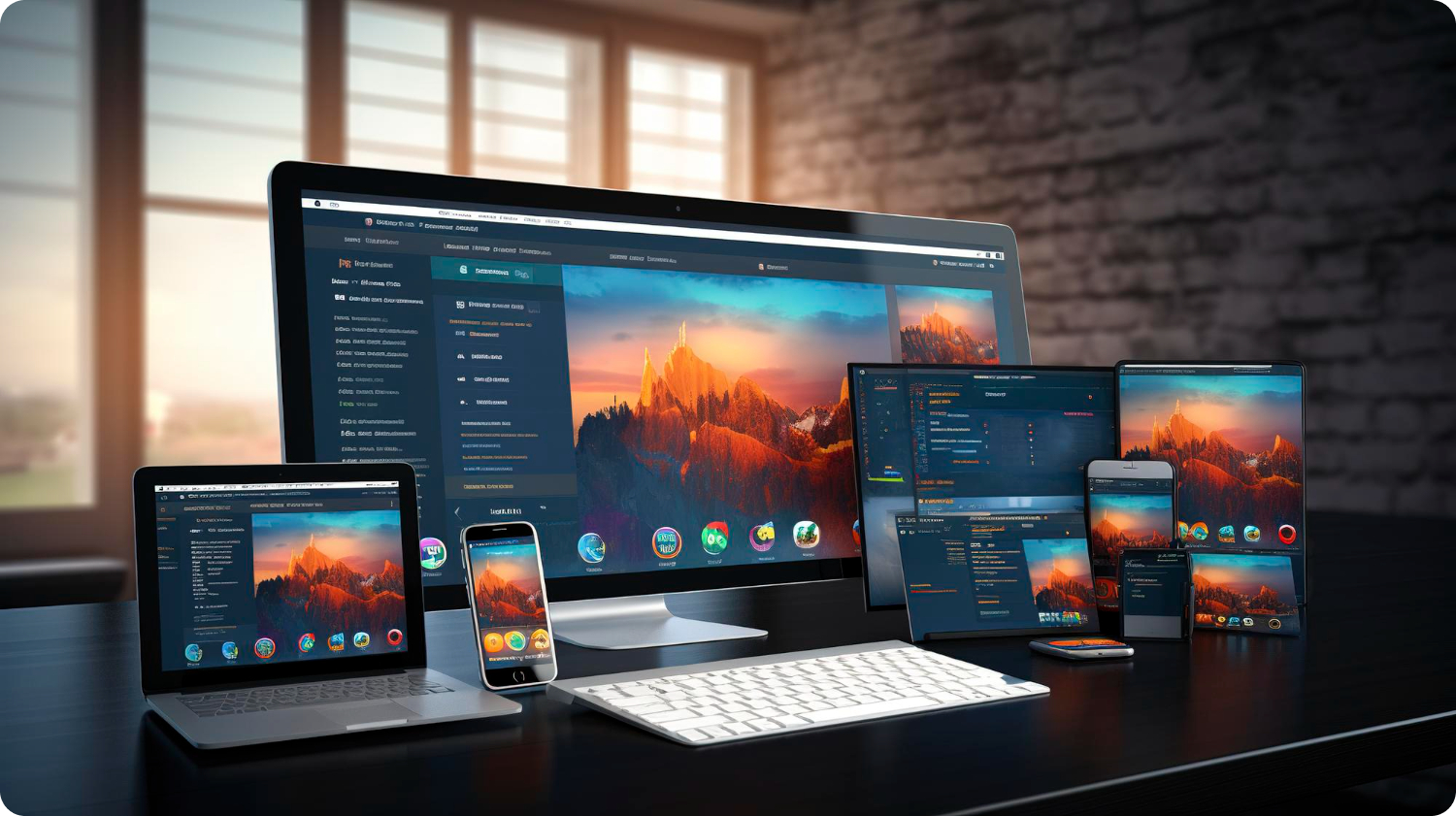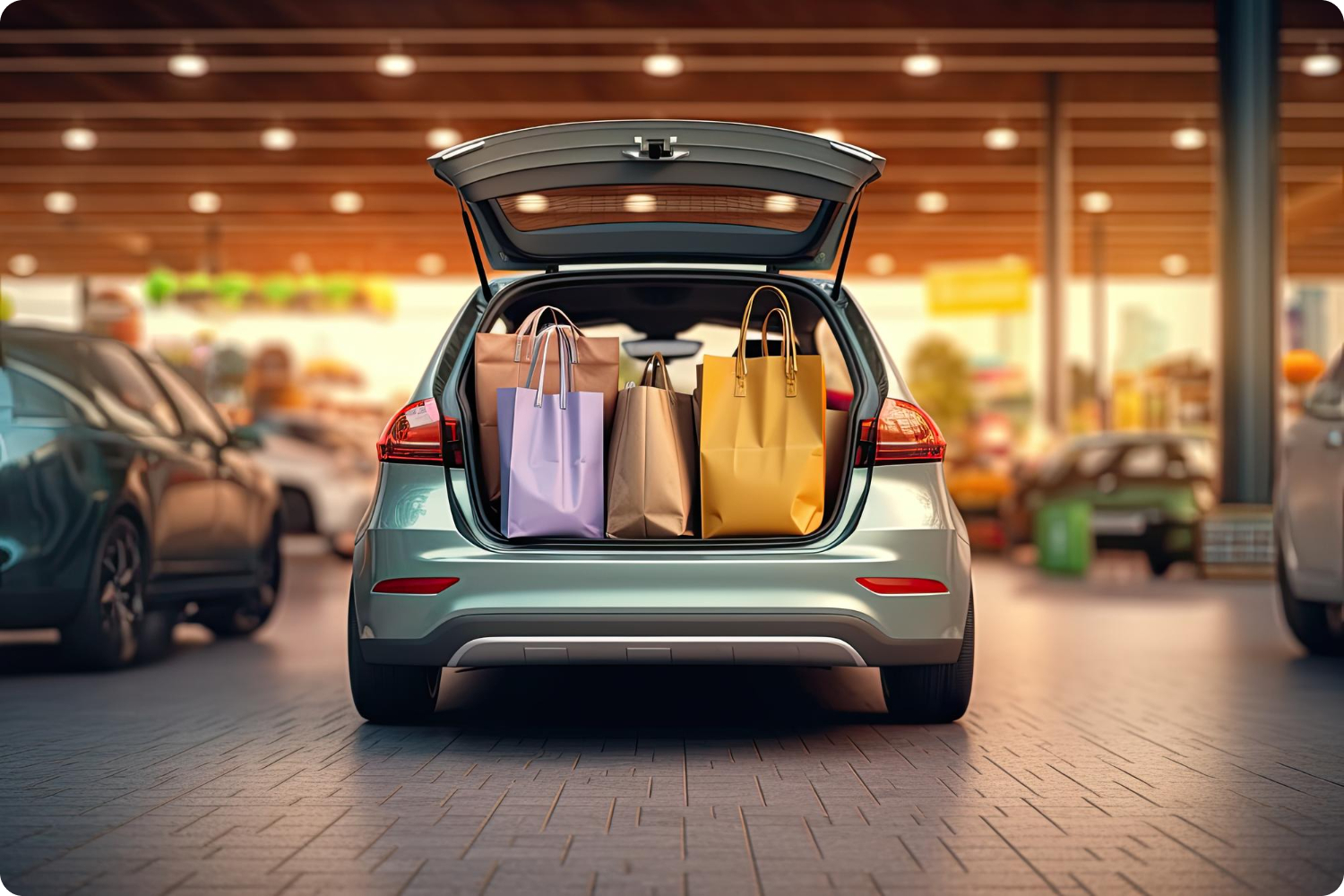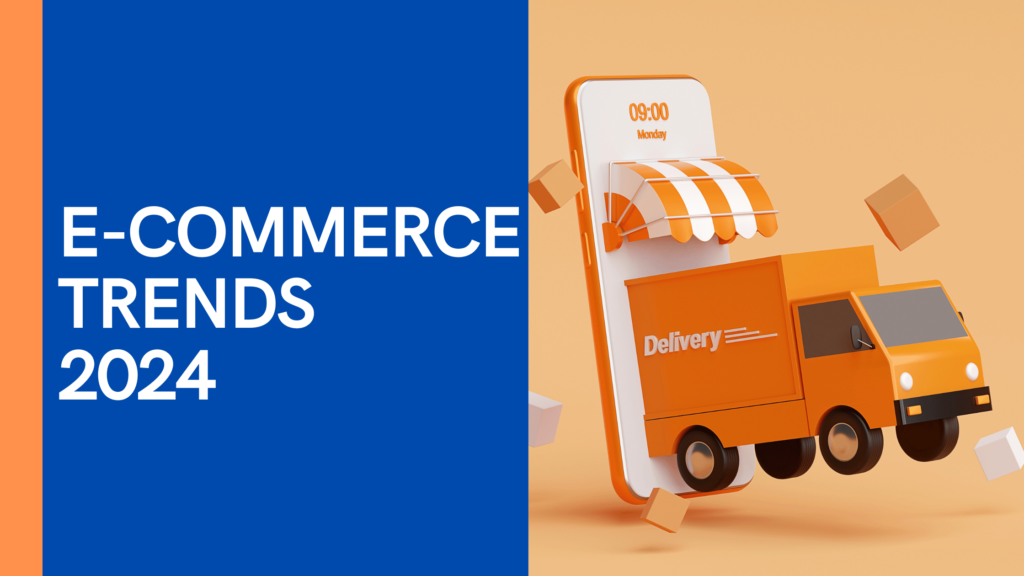It’s possible to talk endlessly about the future with VR, AR, and AI. And yes, that’s indeed the case. Technologies related to augmented reality and artificial intelligence have already crossed the point of no return. However, now, they are only available to multimillion-dollar companies that can “play around” without focusing on profit from such tools.
Others see different trends ahead: decreasing purchasing power, developing “discount” category products, and reducing delivery costs. For them, virtual fitting rooms or “smart” AI-based recommendations are not a priority. But let’s go over everything in order. Let’s run through the list of trends, divide them between confident leaders of retail and small players, and also discuss the role of IT technologies in all this commotion.

The shift in demand and supply in the economy and super economy segments
Unfortunately, this trend indicates that the market’s interest in the creation of D2C solutions (personal online stores and mobile applications) is likely to be low in the next year. With a small order amount, the cost of self-delivery will not be covered by the margin for the order, making the economy unprofitable.
D2C will make sense in the following cases:
– if one order contains items from different categories (for example, groceries, household chemicals);
– if the Click & Collect model fits well into the client’s business (for example, in fashion and pharmaceuticals, offline points of sale already exist);
– if the price of the product is high enough, even in the economy segment (jewelry, repair goods);
– if the product is rare and/or the service is highly important.
Of course, in D2C, internal economics can be supported by economies of scale, and here IT acts as an assistant. It prepares for higher loads and helps reduce costs and downtime through demand planning and logistics automation. It helps bring new brands, and new services to the market, making them more accessible through digital channels.
The development of marketplaces
The competition in marketplaces is growing. Therefore, they have to become increasingly technological. Implementing smart assortment management, promotion, turnover, and margin analysis of trading platforms, pricing calculation, cost calculation, analytics, and report generation. At the same time, it seems to us that some will prefer to grow their brand and invest in their online stores, considering that marketplaces will begin to tighten the screws.
Already now, large brands like Zara are expanding their assortment by creating their own marketplaces. For example, in Portugal, such companies, thanks to their logistics and warehouse capabilities, can sell additional products from others, complementing their assortment and making money.
Omnichannelity
73% of consumers make purchases across multiple channels simultaneously (social media, apps, web, offline). Therefore, retailers utilizing 3 or more channels increase customer engagement by 251% compared to single-channel retailers.

To ensure a cohesive brand perception, retailers need to maintain their presence on all online platforms, including their website, social media, and third-party stores (e.g., Amazon).
E-commerce trends for 2024 within the omnichannel experience:
– Provide customers with the option to choose where to buy, serve, and return purchases (online or in-store)
– Embrace social commerce once and for all (or risk losing the millennial and Gen Z audience)
– Deliver personalized customer service to empower customers to stay in control and feel relaxed
Social commerce development
In the United States, 96.9 million people make purchases directly through social media. And as young millennials and members of Generation Z continue to dominate the market, this number will only grow.
83% of Generation Z consumers note that social media is their first point of contact when making purchasing decisions.
More and more brands are simplifying the process of searching for and purchasing directly from Instagram and TikTok, earning social currency and raising consumer expectations worldwide.
By 2026, social commerce is expected to reach a volume of $2.9 trillion. This means that retailers need to transfer to social commerce.
Relationship building with clients
When it becomes clear that current businesses have reached their ceiling and there’s nowhere to attract new audiences from, active engagement with the existing audience begins – for example, through the implementation and development of loyalty programs.
This involves personalizing interactions with customers. This encompasses AI, CDP (client data platform), and the creation of unique offers, discounts, promotions, assortments, and forecasting personalized demand.
Perhaps here we can also talk about tools for demand forecasting based on big data and pricing competitive analysis. But all of this is necessary not only for CTMl. It’s also possible to be creative and, for example, use generative AI in the packaging creation process, or analyze reviews to uncover insights for product improvement. We have written about this in an article.
Customer relationships are, in general, our favorite topic, and we can discuss it for a long time. With the help of one application, several tasks are solved: loyalty program implementation, product/point of sale/seller rating systems, feedback, gamification for sales stimulation, and a plethora of analytics, which subtly and unobtrusively allows understanding everything about customers, from their preferences to their relatives’ birthdays.

Loyalty program and feedback system for Pivtotchka store chain from dev.family
Transforming the Shopping Experience Through Technological Innovations
This becomes evident with the release of Apple VR this year. And with AI startups that can create outfits upon request like “dress me in white for $200”.
Overall, the benefits of integration into the OpenAI universe are already apparent. I believe the emergence of a marketplace within OpenAI is not far off. Eventually, people will be simply navigating within their phones, where you have a voice assistant/text input field and a plethora of integrated functionalities that help find the desired products. Just like the Expedia plugin for ChatGP.

Voice search should not be underestimated either. As smart speakers and assistants become smarter, consumers are using them more frequently.
About 40% of Internet users in the US use voice assistants at least monthly. Major retailers have already begun allowing customers to place orders directly through “smart” speakers, and even more companies are in the process of addressing this task.
Of course, smart speakers are not the only contributors to the development of voice commerce. Many search queries are conducted via smartphones. This leads us to the next trend of 2024.
The mobile approach dominates in UX design
Do you remember how back in the day (around 2010 or so) mobile-optimized websites were a new trend? Over the past decade, the popularity and convenience of mCommerce have only increased.
So much so that the balance has shifted. Now, instead of optimizing desktop sites for mobile devices, brands are primarily focusing on mobile UX.

91% of consumers make online purchases on mobile devices. And in 2024, mobile commerce is expected to account for 40.4% of all eComm sales. By 2025, mobile commerce is expected to reach $710 billion (or 10.4% of all retail transactions).
What should be done first?
1
Implement fingerprint and facial recognition technology to streamline all stages from login to checkout.
2
Develop a mobile application.
3
Offer convenient mobile payment options (such as Apple Pay and Google Pay) to simplify the checkout process.
ROPO (Research Online, Purchase Offline) + BOPIS (Buy Online, Pick Up In Store)
Consumers change their “online journey” several times within 10 minutes. The culprit is the abundance of notifications and channels. Therefore, retailers often find it challenging to effectively track how and when their virtual UX transforms into physical sales.
ROPO (“Research Online, Purchase Offline”) is not a new phenomenon, but its popularity is growing as more people merge their shopping journeys using multiple channels. People prefer to research products online using websites and marketplaces, then head to the store to make the purchase.
BOPIS and delivery seem simple enough in this chain. The user purchases in the online store and selects either in-store pickup or curbside pickup. Then, they receive an email confirmation, and the staff member receives a notification to bring the items to the car or the online order pickup area.

The greatest challenge in developing these two directions is not just well-thought-out channels and cross-channel analytics, but their scalability. Therefore, requests for processing and analyzing Big Data are constantly growing. From here arises yet another crucial trend – data security.
Privacy and transparency continue to be of paramount importance to consumers
Customers want to receive an incredible, personalized, and omnichannel experience, but not at the expense of questionable data practices.
According to Gartner’s forecasts, by the end of 2024, 75% of the world’s population will be protected by personal data privacy regulations. This means that companies that violate these requirements will face significant fines and legal consequences.

But in addition to the financial risks associated with non-compliance, brands that betray the trust of customers, especially when it comes to their data, risk losing their business for life. (Not to mention the negative reviews they will leave in response).
In the not-so-distant 2021, a scandal erupted involving Facebook (now Meta), resulting in the leak of data from over 530 million users. The leak included phone numbers, profile IDs, email addresses, and other personal data.
Therefore, data privacy and transparency should be at the forefront of any personalization or customer experience strategy for e-commerce in 2024. As companies leverage new opportunities in artificial intelligence and hyper-personalization strategies, customer trust must remain their top priority.
What to do with all of this?
If you are a major player in the market who can afford to be at the forefront of new technologies and invest in their development, then by all means, do so. This will create a huge resonance in the information space and attract the attention of a new audience that values comfort, personalization, and online experience.
If you cannot boast large budgets, then your attention should be focused on building strong customer relationships, developing multiple sales channels, and improving mobile UX for existing customers.

